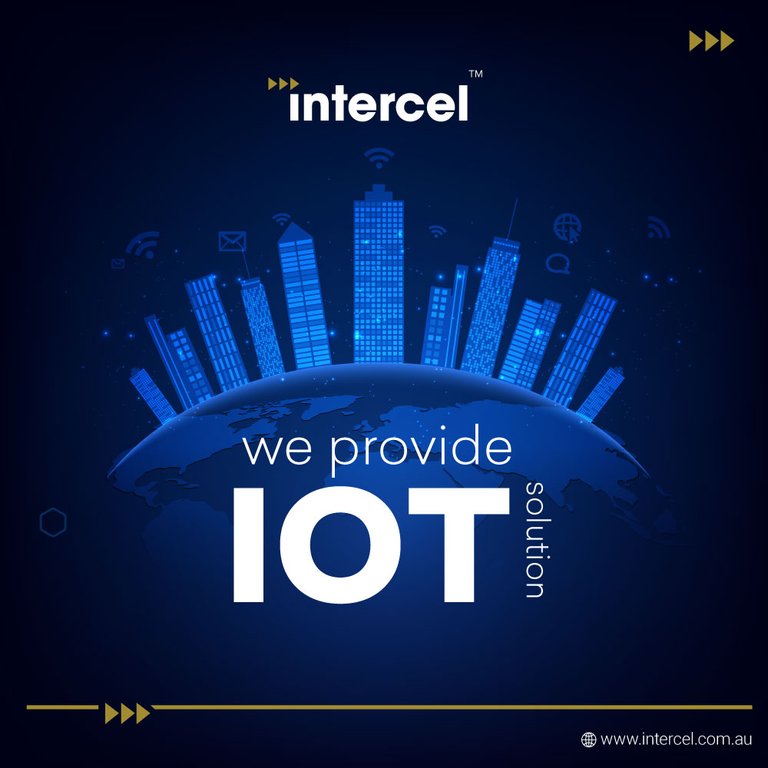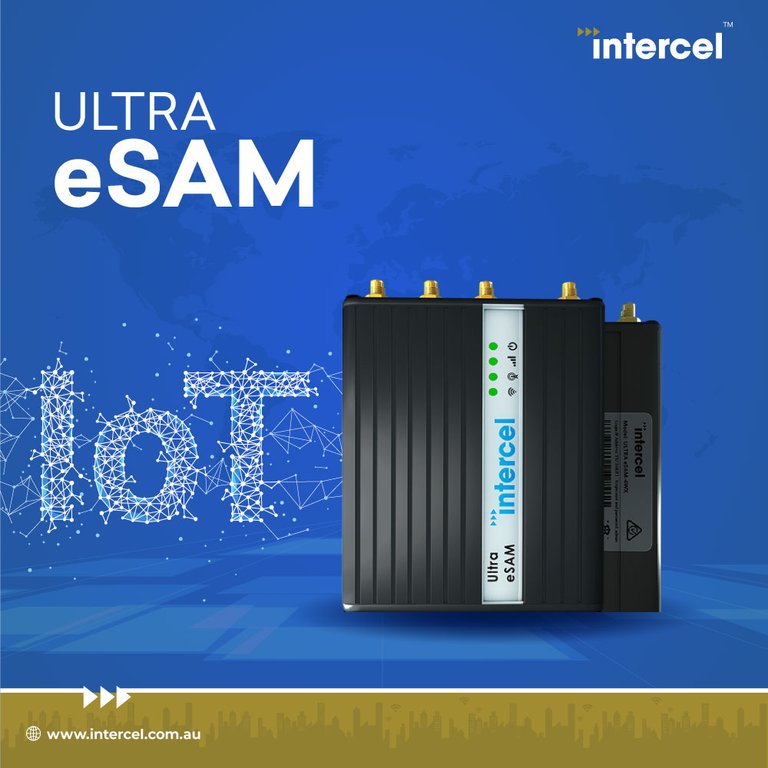Engineers of IoT applications, for example, remote detecting and control are being squeezed to locate the ideal answer for pervasive, long-extend, low-power, minimal effort remote correspondences. Three all the more especially prickly necessities incorporate high dependability, low idleness, and insignificant obstruction.
While 5G vows to meet those criteria, fashioners can right currently utilize cell 4G LTE systems which will be set up for quite a while to come. Applications for remote detecting and control incorporate worldwide resource checking and following, utility metering, modern machine availability, and prescient upkeep in enormous open-air plants. The last incorporate processing plants, substance plants and mines, shrewd city foundation, wearable, and at-home therapeutic observing, and savvy agribusiness.
While there has been a lot of discussing 5G as systems turn out in different locales drove by different suppliers, 4G cell interchanges will keep on ruling for years to come. All things considered, designers should be sober-minded in their determination of IoT RF interfaces. This goes past the decision of the RF module and reaches out to cautious thought of the biological system that is needed IoT hardware manufacturers. Basic environment components incorporate the product stacks, cell framework, and even the transporter information plans and charging frameworks expected to guarantee far-reaching cell inclusion for IoT use. This article will give a wide take a gander at cell IoT applications and the implanted innovation expected to understand these applications. It will likewise give a point by point dialog on the utilization of the most present equipment and programming innovation and the assets accessible that can assist engineers with creating cell IoT structures for the differing applications recorded previously. Data on promptly accessible information plans will likewise be incorporated.

Why not 5G?
Regardless of much advancement, the 5G system and gear gauges are not yet completely finished. In any event, when the models are finished, it will take quite a long while for institutionalized 5G systems and hardware to be assembled and sent. In the interim, 4G LTE systems have been in business activity since 2011 and are very equipped for conveying the presentation and range required by most IoT applications.
By at any rate one gauge, 4G industrial modems represent about 40% of the current overall cell advertise, while more established 2G and 3G arranges each speak to about 30% of the market. Indeed, even by 2025, 5G advertise infiltration isn't required to be more than about 15%. In light of that, planners of IoT frameworks that need long-range and low-force should use the current cell foundation and comply with the 4G LTE and prior principles. These are set up now, however, are in any event, developing as on account of 4G LTE to address the issues of the IoT.
LTE advancing for IoT
The Third Generation Partnership Project's (3GPP's) Release 13 of the LTE standard characterized new LTE classes for IoT applications: Category M1 (Cat-M1), some time ago known as eMTC (improved Machine Type Communication), and Category NB1 (Cat-NB1), some time ago known as Narrowband-IoT (NB-IoT). These new classes expand LTE for IoT by empowering support for lower power, longer range, lower inactivity, and lower cost, just as negligible obstruction by ideals of being in authorized groups.
4G cat 1 modems characterize a 1.4 MHz channel width and a throughput of 375 kilobits for each second (kbit/s) for the uplink and 300 kbit/s for the downlink. Feline NB1 characterizes a much smaller channel width of 200 kilohertz (kHz) with a throughput estimated in several kilobits for each second. Feline M1 inactivity is around 10 to 15 milliseconds, while Cat-NB1 latencies are estimated like a flash and can be as much as 10 seconds in some arrangement situations.
This presentation is adequate for some IoT detecting applications, for example, meter perusers, wellbeing status screens, and profoundly versatile wellness applications that can profit by the long reach and pervasive nearness of cell correspondences. Presently, and for a long time to come, no other low-power, wide-territory, remote innovation offers the versatility, security, and life span of the built-up 4G LTE systems.
Associating with the cloud
A few merchants effectively offer IoT Modules that either work as cell information modems or coordinate a cell information modem into an implanted advancement stage. These modules interface IoT gadgets to the cloud by means of 4G LTE (or considerably prior) cell systems. Be that as it may, an equipment module alone can't interface an IoT gadget to the cloud. Suitable programming and an oversaw association with a cell supplier are likewise required. Without each of the three, there's no network.
The decision between 4G IoT Modules with and without application processors relies upon whether the undertaking's equipment configuration is beginning without any preparation, or if it's adding a cell IoT association with a current inserted plan. Coming up next are brief outlines of some Industrial Cellular Modem modules and ICs with and without installed application processors.

Other Best Tags:
IoT router
Industrial 4G Modem
Small GPS Trackers
Local Seo Melbourne
Cellular VPN wifi routers
Industrial Poe Switches